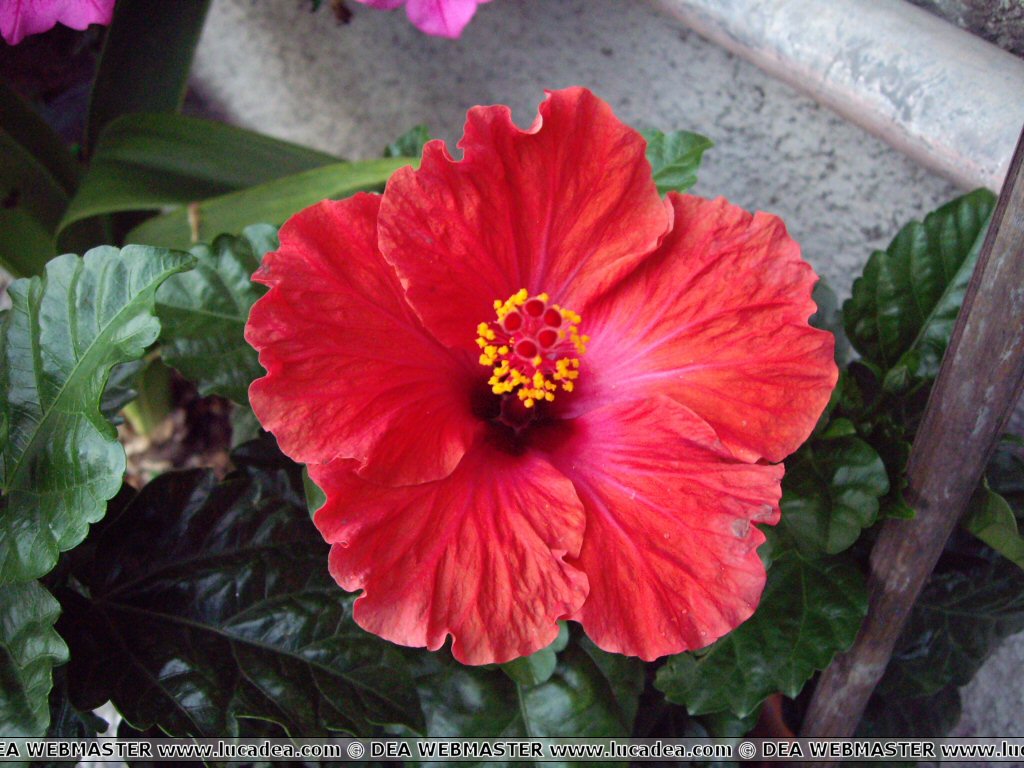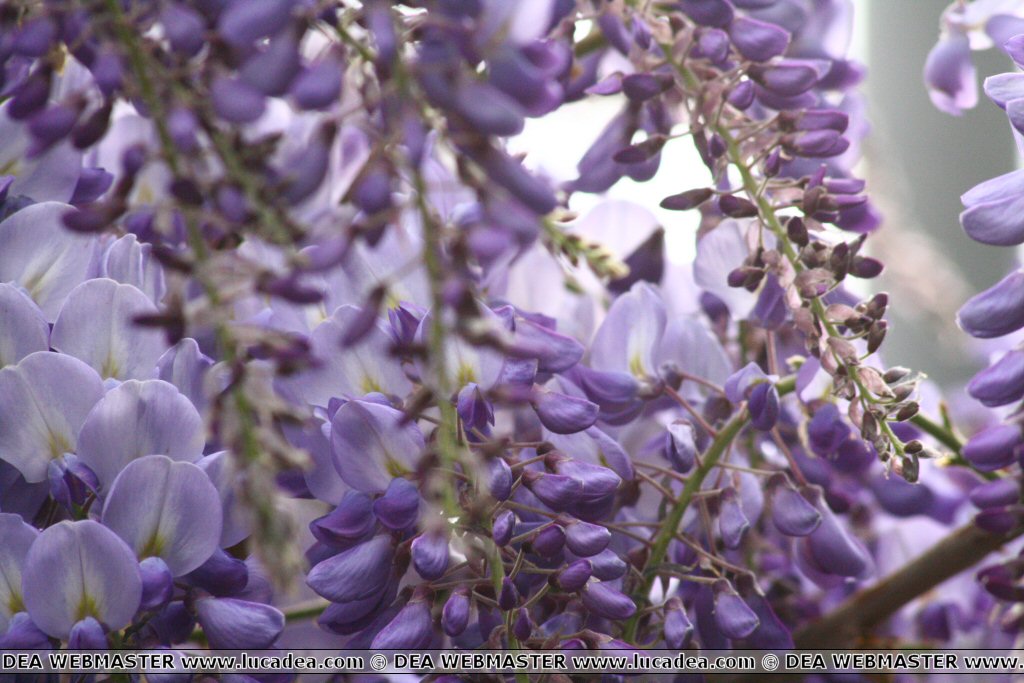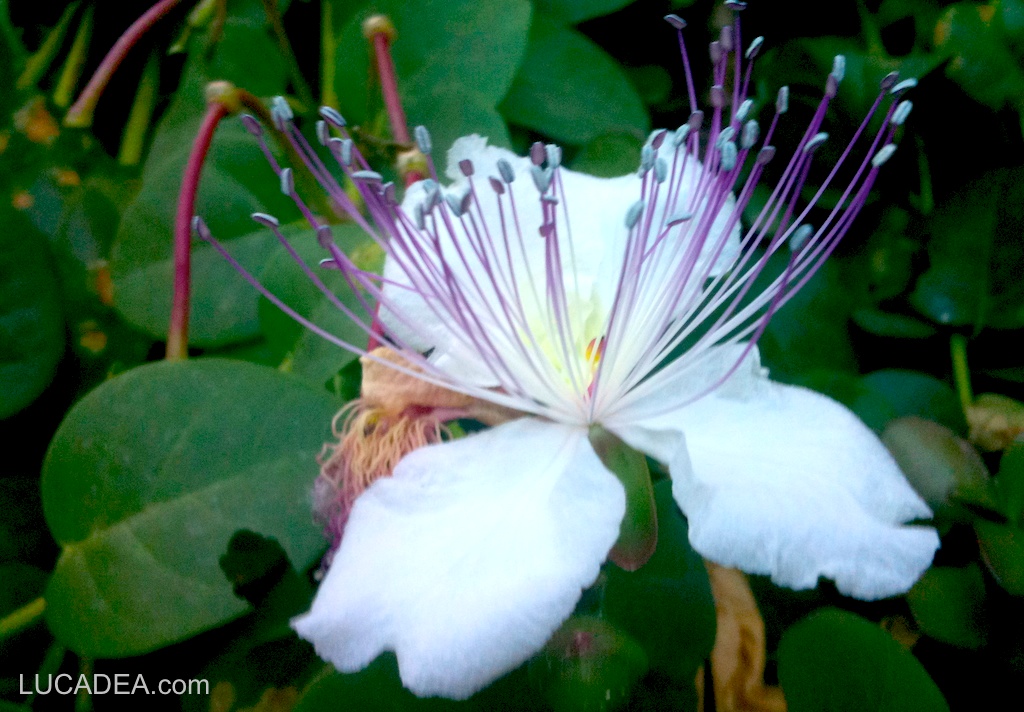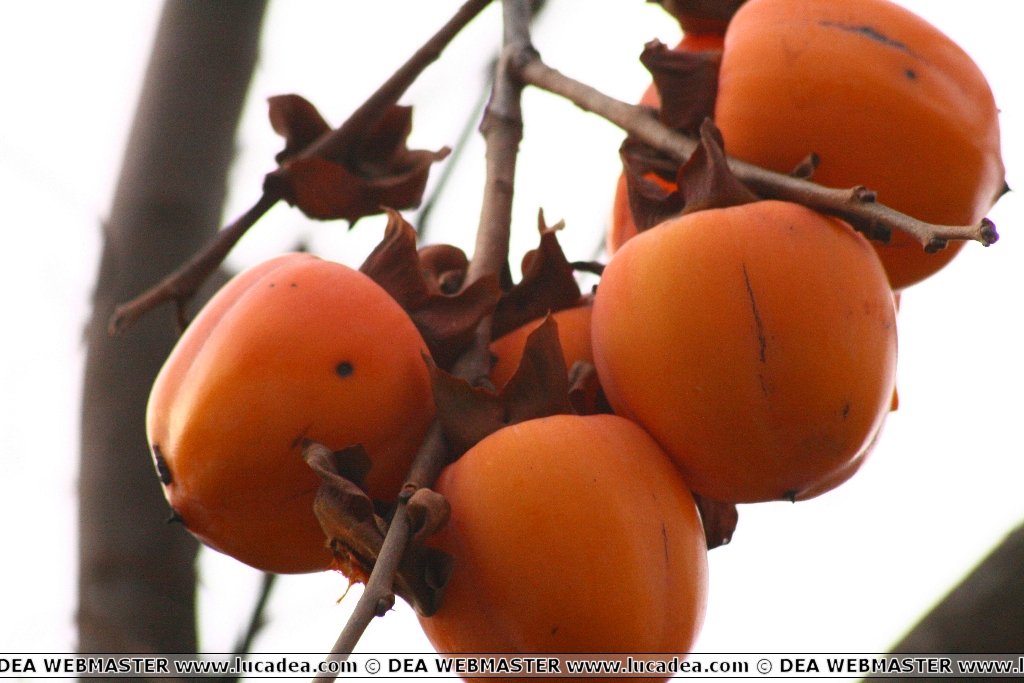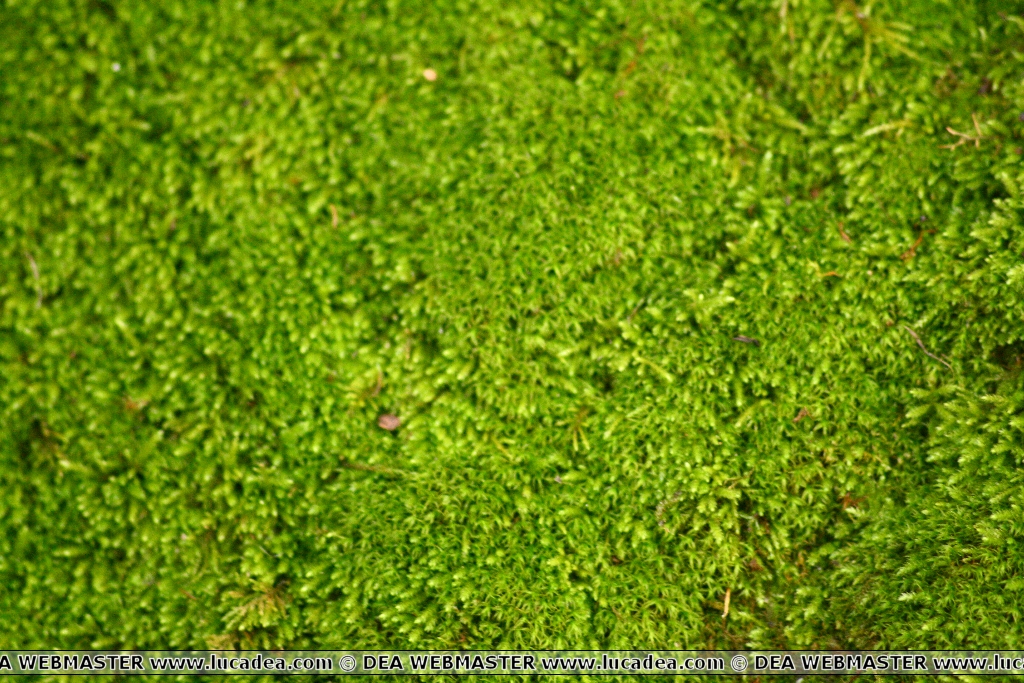Zagara.
Un fiore che non si usa regalare poichè è sicuramente meglio aspettare il frutto.
Questo è il fiore del limone, molto delicato.
Il fiore della calla
Il fiore dell’amarillo
Fiori di glicine
Fiori di glicine.
I fiori di glicine forse non sono tra i fiori più noti ma in questo periodo la sua fioritura colora in maniera spettacolare angoli di città.
E’ il glicine che io ho immortalato sulle alture di Sestri.
Wisteria Nutt. è un genere di piante rampicanti della famiglia delle Fabacee (o Leguminose), note col nome comune di glicine. Il nome del genere è stato attribuito in onore di Gaspare Wistar (1761-1818), studioso di anatomia di Filadelfia. Le Wisteria crescono avvolgendosi attorno a qualunque supporto in senso orario o senso antiorario, fino a 20 m in altezza e 10 m in orizzontale. La Wisteria più estesa al mondo si trova a Sierra Madre nella Contea di Los Angeles (California): occupa una superficie di oltre 0,4 ettari e pesa 250 tonnellate.
Continue on Wikipedia.
The beautiful caper flower
Caper flower: few people know about it because it is eaten first.
Not everyone knows or has ever really seen the caper flower, the salty fruit that is commonly used to season salads or pizzas, which, if not picked in time, becomes a very beautiful flower.
And if you let the flower wither, you then end up with the actual caper fruit that resembles a gherkin and is called cucunco.
Have you ever seen this flower? Add a comment or go to the bottom of the site to read what other visitors have written.
Also on this site, giardinaggio.net, I found a nice post and some nice photos about these beautiful flowers.
The beautiful caper flower – La belle fleur de câpre – La hermosa flor de alcaparra – A linda flor de alcaparra – Die wunderschöne Kapernblume – Hoa bạch hoa đẹp
Foto piccante
Pictures of freshly picked mushrooms
Pictures of freshly picked mushrooms.
Here are some nice porcini that I picked yesterday just after the Passo di Centocroci.
Have you ever gone mushroom hunting?
Add your own comment or go to the bottom of the site to read what other visitors have written.
Boletus edulis Bull., 1782, commonly known as porcini, is an edible mushroom of the Boletaceae family and is the best known species of the Edules section. It is also the type species of the Boletus genus. Etymology derives from the Latin edulis, edible, edible, for the exquisite edibility of its flesh. Cap measures up to 10-20 30 cm in diameter, initially hemispherical, irregularly lobed, sometimes little developed compared to the stem, then flat-convex, regular.
Continue on Wikipedia
Some fresh mushrooms just picked between Liguria and Emilia – Des champignons frais juste cueillis entre la Ligurie et l’Emilie – Unas setas frescas recién recogidas entre Liguria y Emilia – Alguns cogumelos frescos recém colhidos entre Liguria e Emilia – Einige frische Pilze, die gerade zwischen Ligurien und Emilia gepflückt wurden – Một số nấm tươi vừa hái giữa Liguria và Emilia – 一些刚刚在利古里亚和艾米利亚之间采摘的新鲜蘑菇 – リグーリアとエミリアの間で採れたばかりの新鮮なキノコ
Cachi, un bel albero da frutto
Il verde nel bosco
Foglie cadute
Foglie cadute.
Oggi pomeriggio sono salito un po’ sul bosco e ho fatto diverse foto, sia di oggetti della natura sia di oggetti fatti dall’uomo.
E’ una foto che mi piace da matti e, secondo me, è venuta anche bene. Infatti io l’ho già messa come sfondo del desktop.
Vi invito a farlo anche voi e, se per caso la voleste in formato più grande, basta chiedere.



